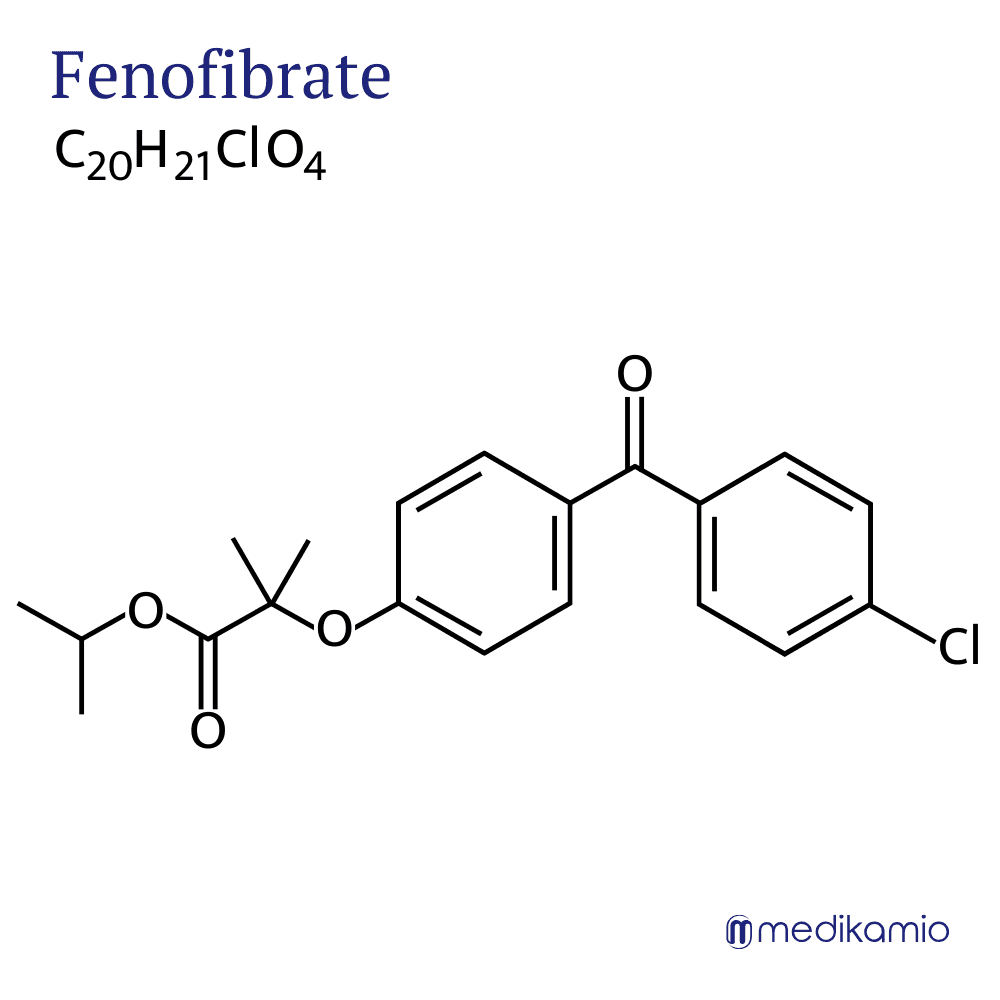Basics
Fenofibrate is an active substance that is used to treat hypercholesterolemia and hyperlipidemia. Hypercholesterolemia is diagnosed on the basis of blood findings when patients have high cholesterol levels. Hyperlipidemia is an excess of lipids (fats) in the blood. This is also colloquially referred to as "blood lipids". Both blood values should not be too high, as otherwise the risk of vascular calcification increases and thus the risk of heart attack and stroke. Fenofibrate belongs to the group of fibrates and is a lipid-lowering agent. It is available as a monopreparation, but also as a combination preparation with simvastatin. It is usually available as a white crystalline powder, is insoluble in water and is a prodrug. A prodrug is an inactive substance that is only converted into its active form in the body, where it is supposed to work. The active form of fenofibrate is fenofibric acid.

